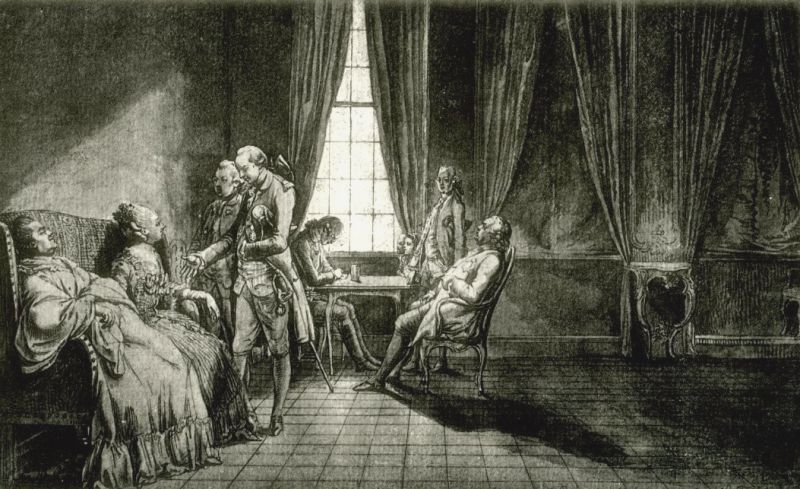Daniel Chodowiecki - The Polonica
Mediathek Sorted
-
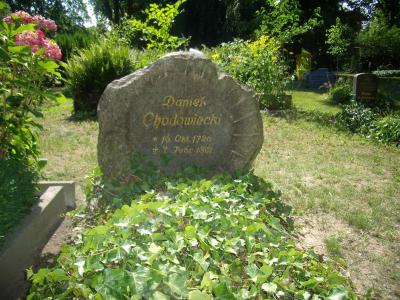
-
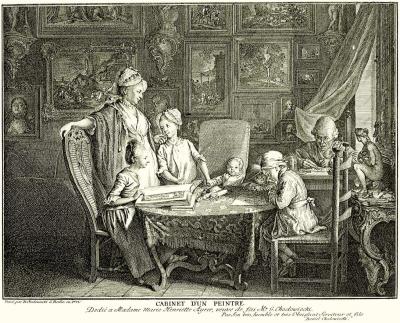
-
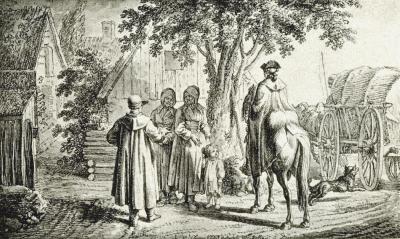
-
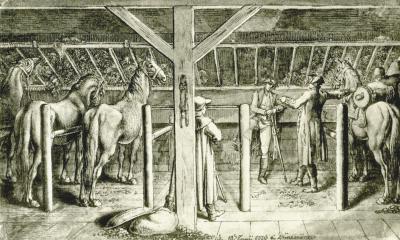
-
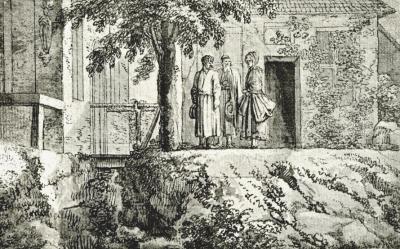
-
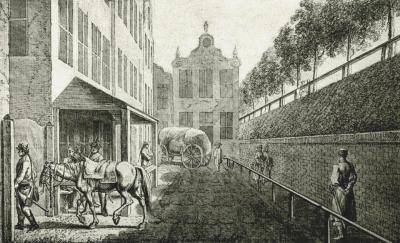
-
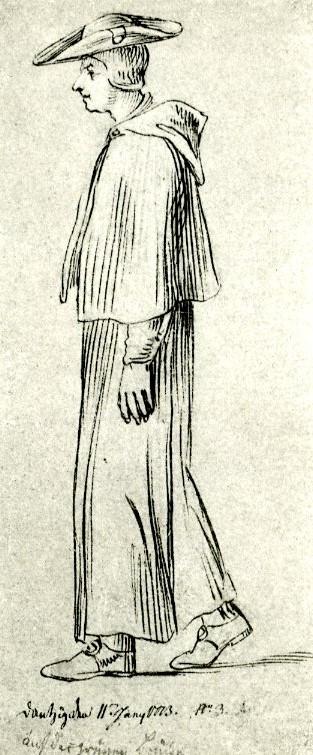
-
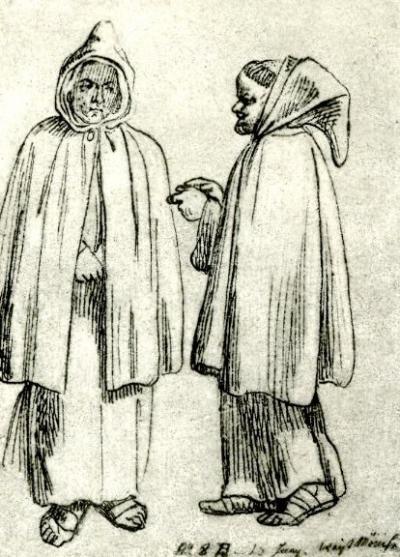
-
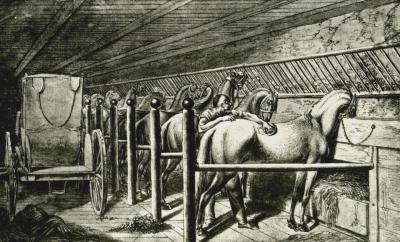
-
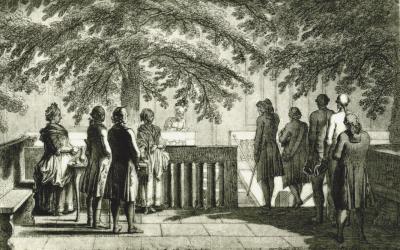
-
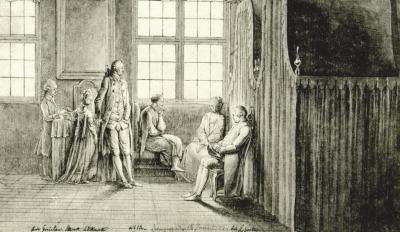
-
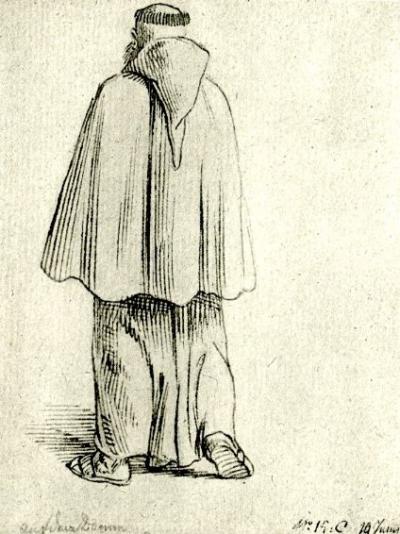
-
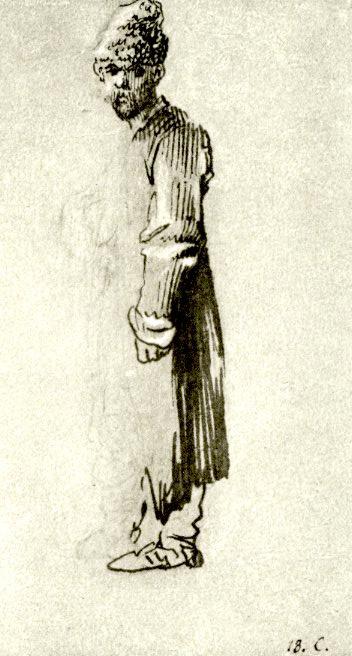
-
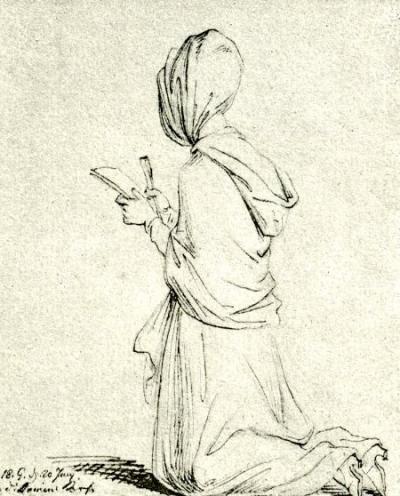
-
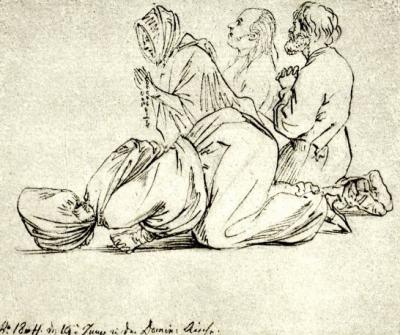
-
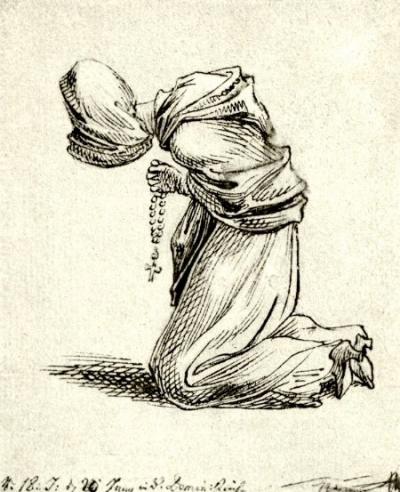
-
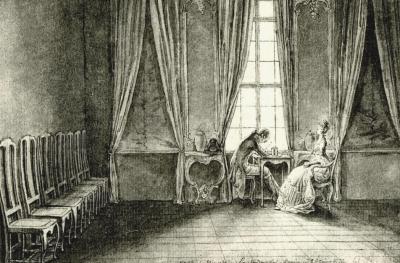
-
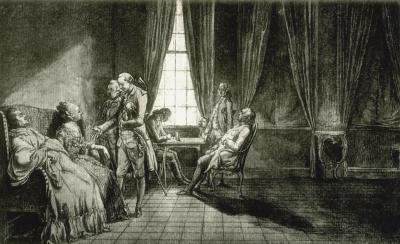
-
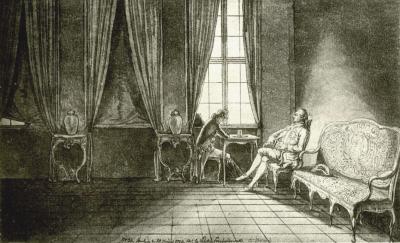
-
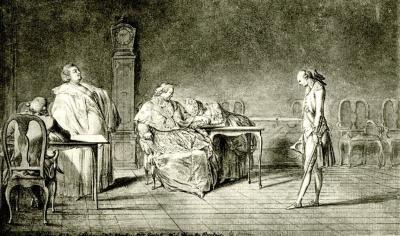
-
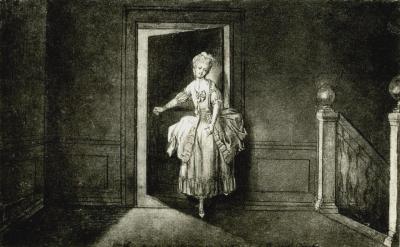
-
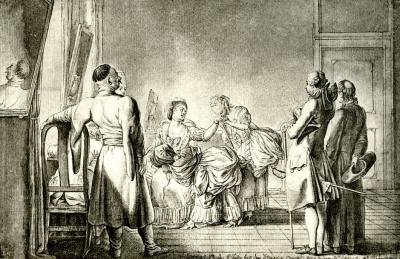
-
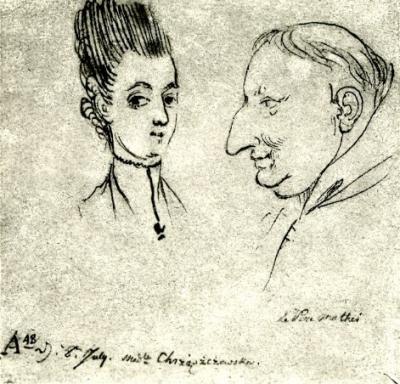
-
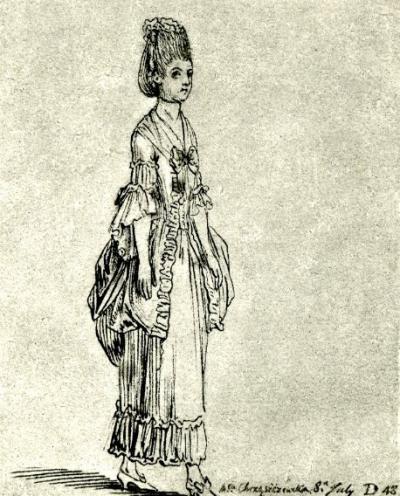
-
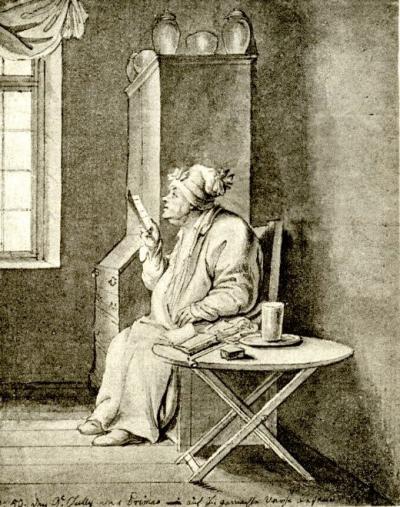
-
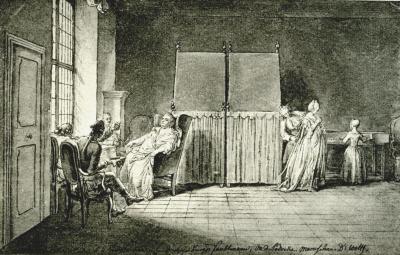
-
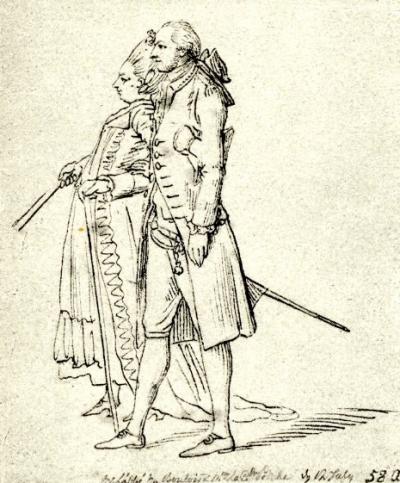
-
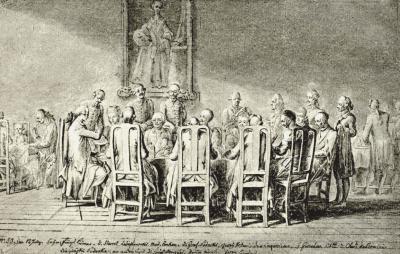
-
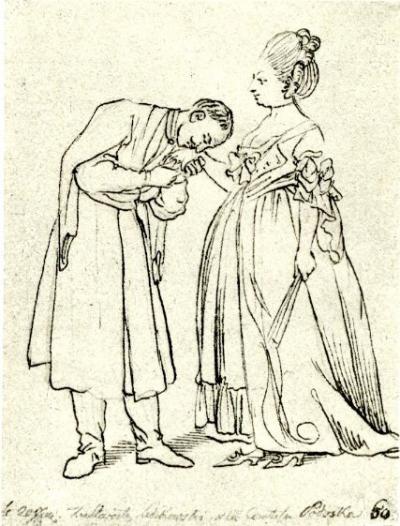
-
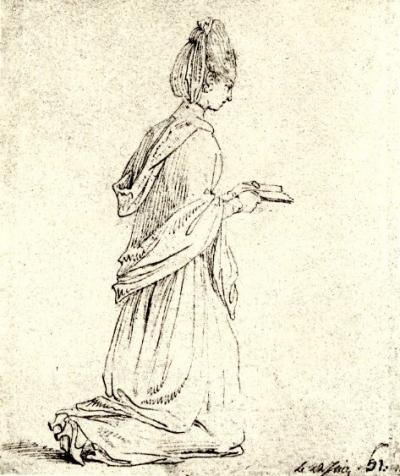
-
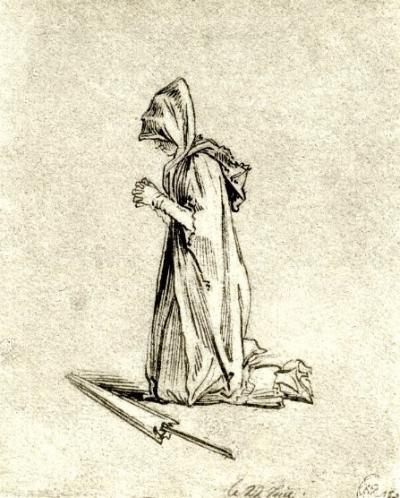
-
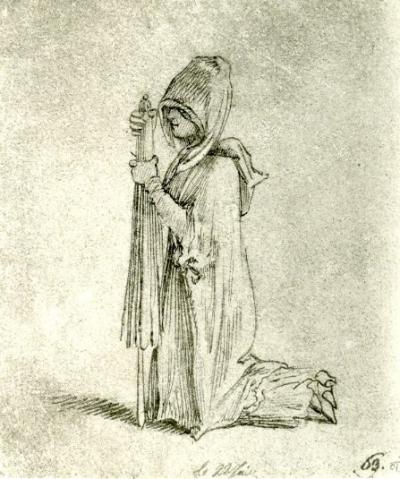
-
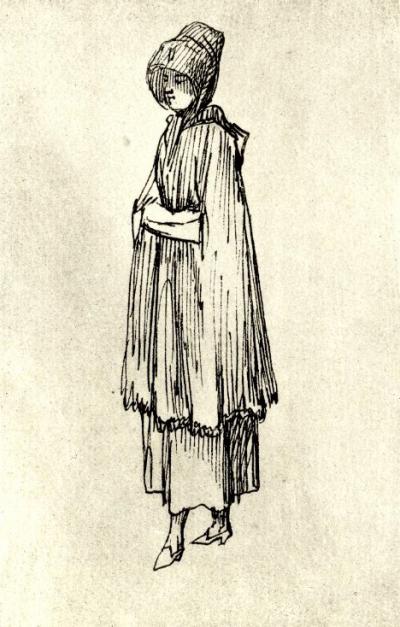
-
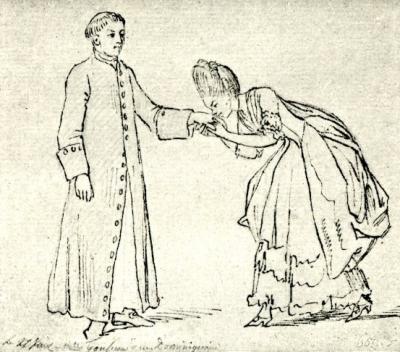
-
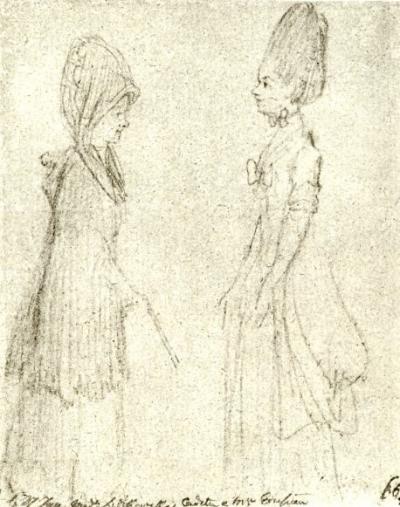
-
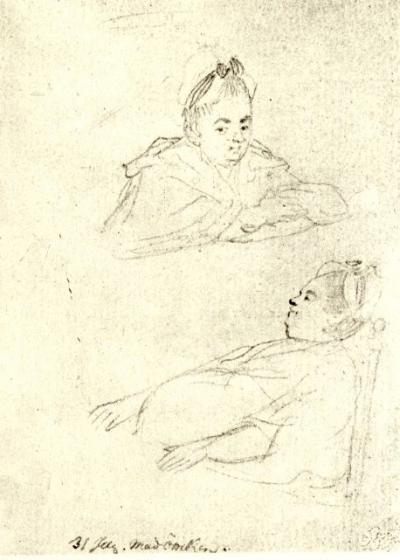
-
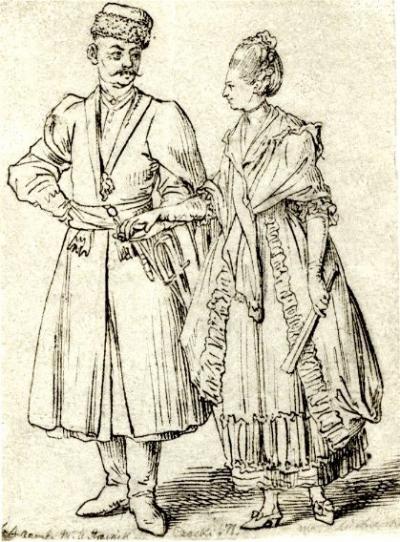
-
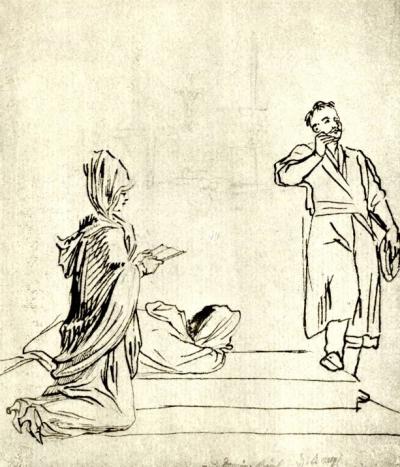
-
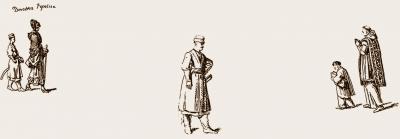
-
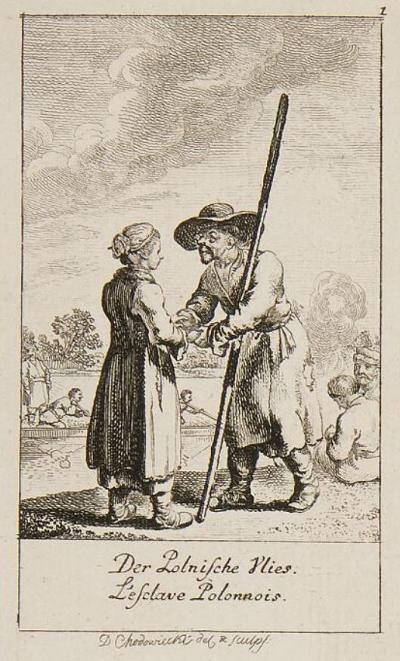
-
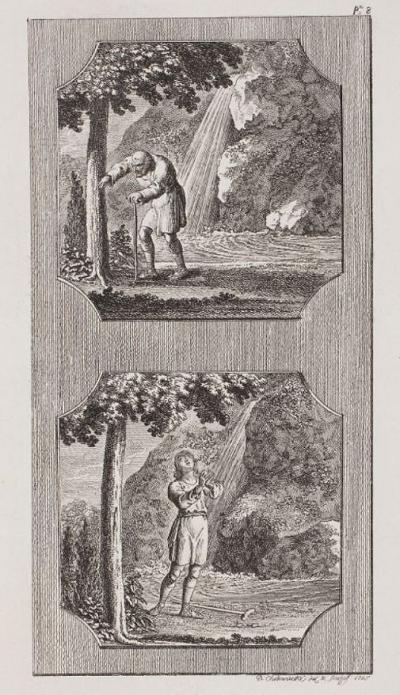
-
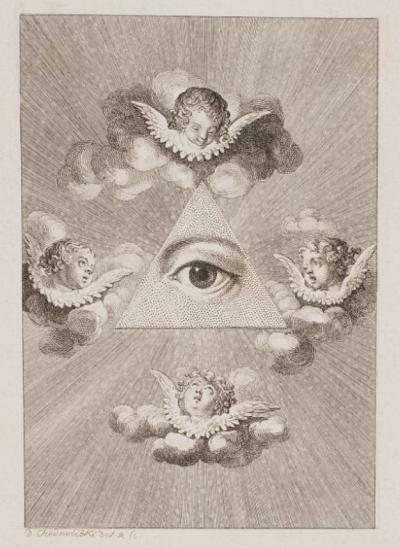
-
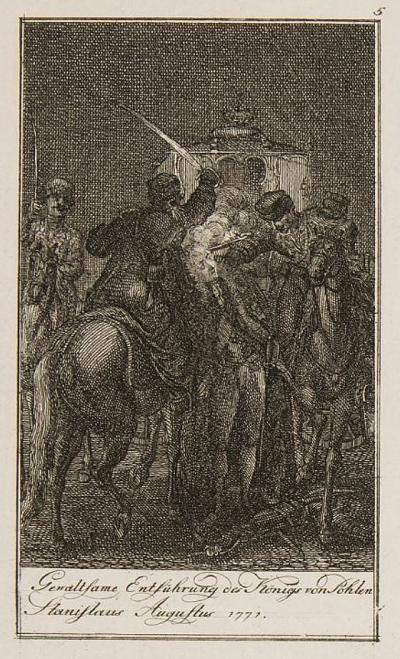
-
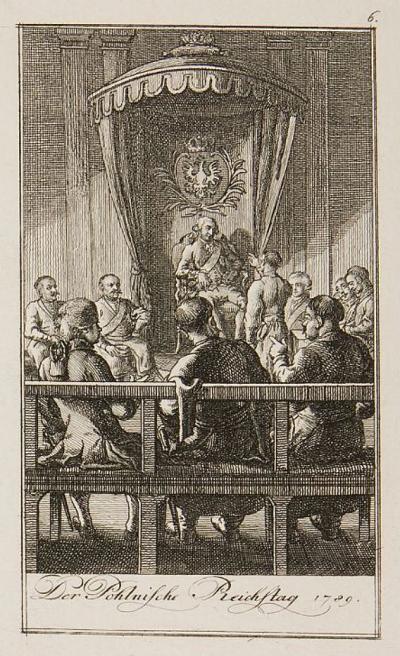
-
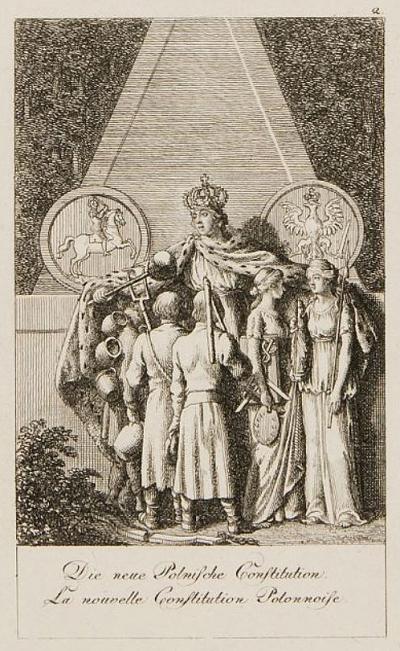
-
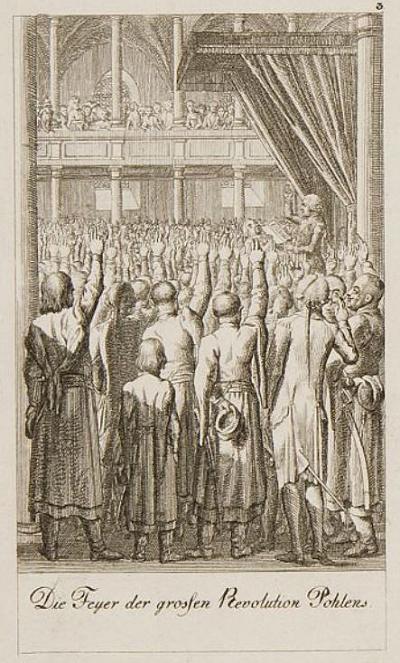
-
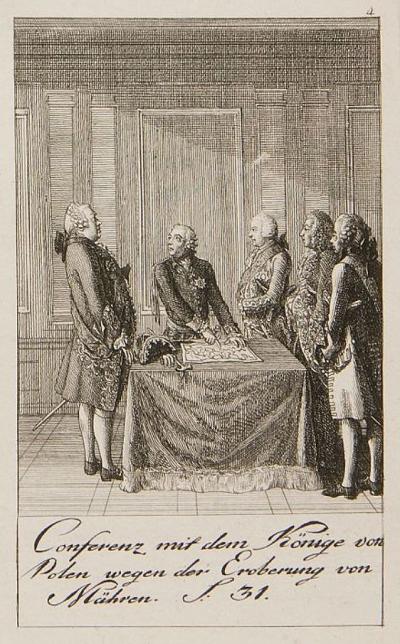
-
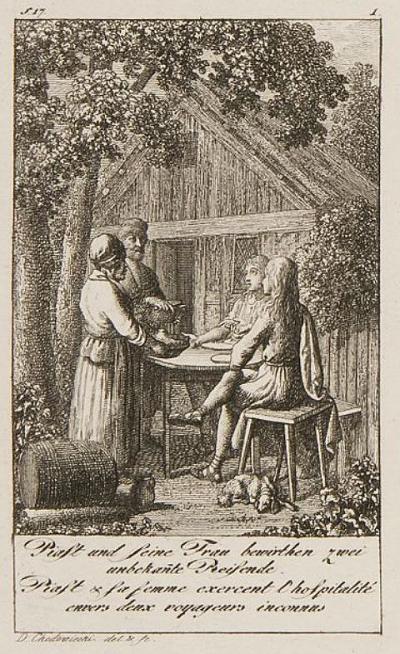
-
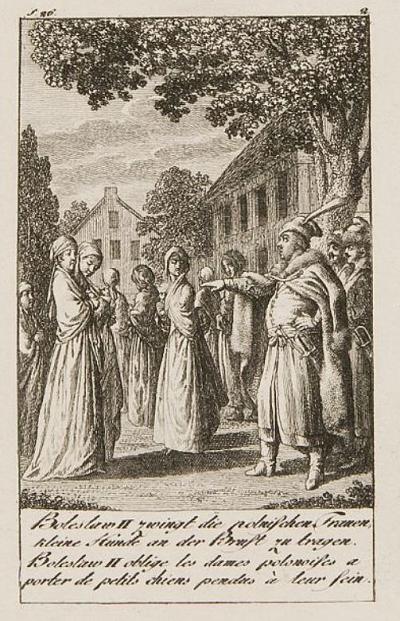
-
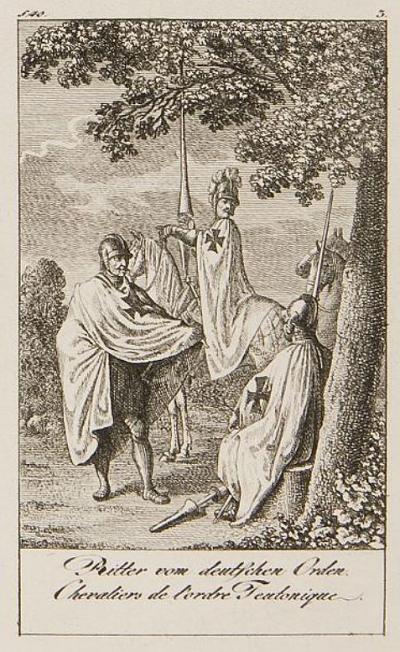
-
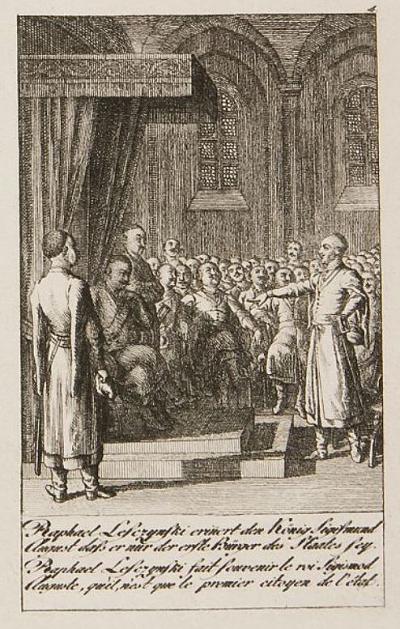
-
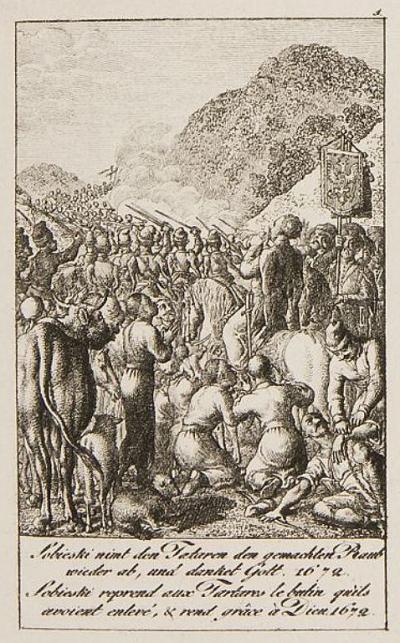
-
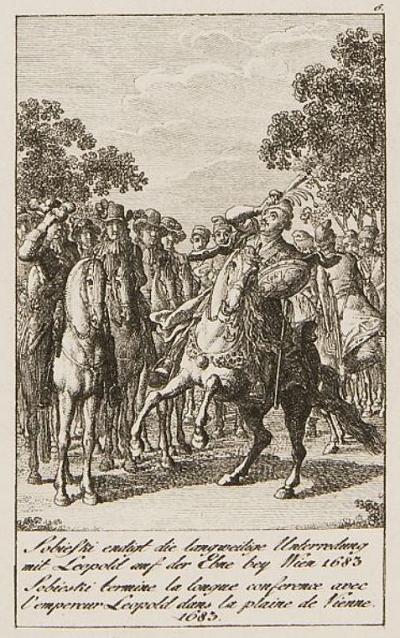
-
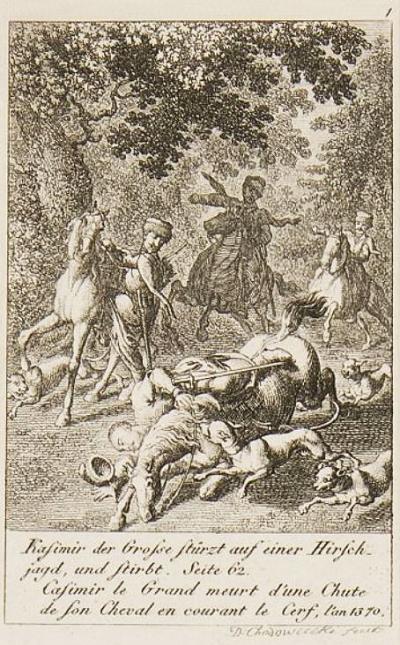
-
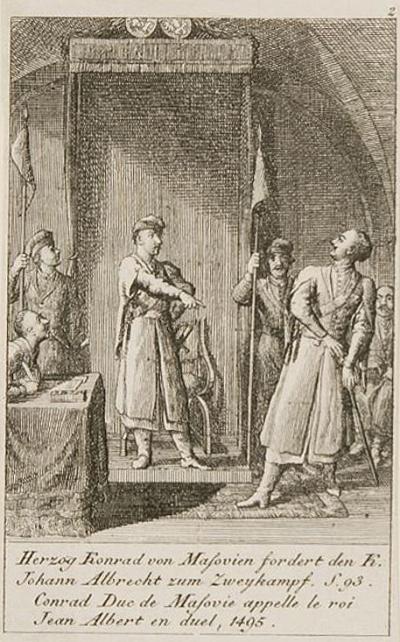
-
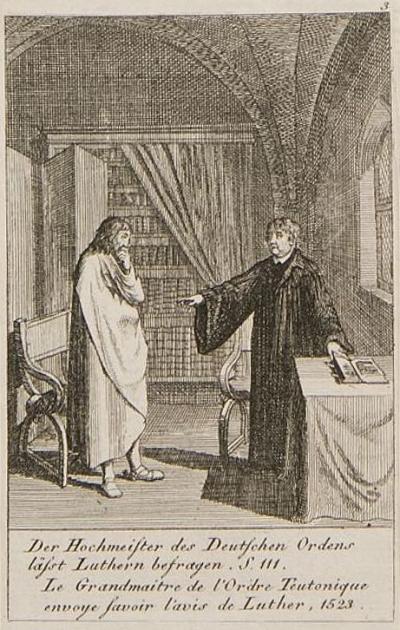
-
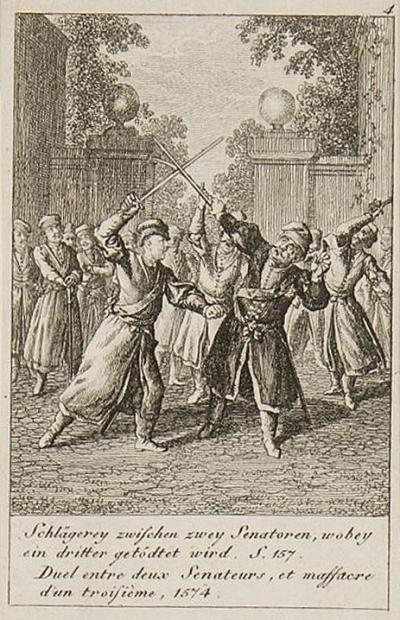
-
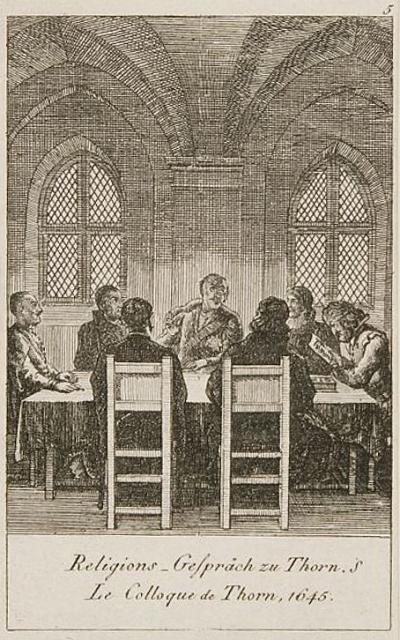
-
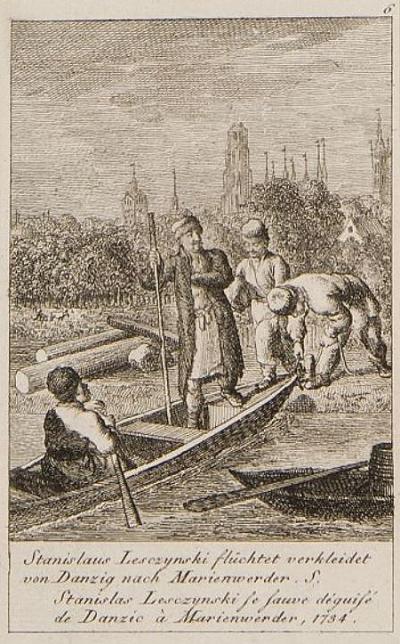
-
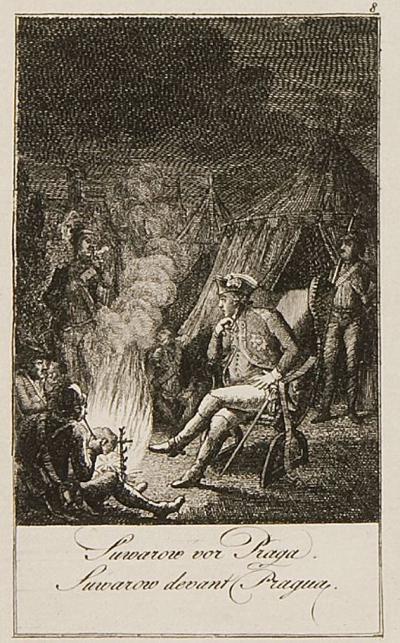
-
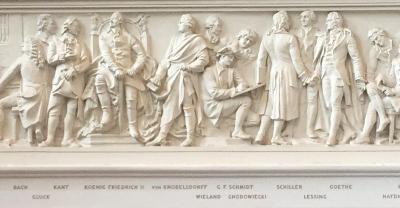
-

-

Daniel Chodowiecki - Hörspiel von "COSMO Radio po polsku" auf Deutsch

Presumably from memory, he made another drawing of the Prince-Primate in his domestic clothes, after he had brought him the finished cameo and a poem by Pastor Bocquet on 9th July (Ill. 25). On the express wish of the Prince-Primate he also made a portrait of Madame Öhmchen, who is still regarded today as the mistress of the Prince-Primate (Ill. 26, 36). The picture of lunch in the residence of the Prince-Primate, to which Chodowiecki was invited on 12th July with all those involved after a portrait sitting with Madame Öhmchen, (Ill. 28), is the last commission in the series of pictures featuring Polish aristocrats. The picture shows Countess Podoska, Starost Ledóchowski, Madame Öhmchen, Count Podoski, two gentlemen in traditional Polish dress, the household chaplain, the merchant Grischow and the Chevalier Du Bouloir. The head of the house can be seen on the left of the middle of the picture in the gap between the chairs. Opposite him can be seen the back of the artist himself, half a head larger.
The range of etchings with Polish themes begins in 1775 with “Three Polish Figures” on a single sheet (Ill. 39). True, the occasion is unknown, but it again takes up motifs from the journey to Danzig: the lady coming out of a Catholic Mass, a priest in liturgical dress and between them a Polish aristocrat recreated from the figure of the Danzig citizen, Strażnik Czapski (Ill. 37). It took him another seven years before he drew a further Danzig motif for an almanac for the year 1782. This was the so-called “Polish Fliß” (Ill. 40), an image that was surely difficult to interpret by anybody outside Danzig, not only because of its unusual spelling. The picture is part of a series of twelve portraits of “Wedding Proposals” showing the behaviour of professional groups like coach men, cobblers and butchers, types of human beings like a “Simpleton“ and confessional groups like the Mennonites and the Brethren of the Moravian Church, all making marriage proposals in a typical or amusing way. Three years later in 1785 Chodowiecki made an etching of the title picture to a parable entitled “The Regularly Rejuvenated Old Man” (Ill. 41) by Ignacy Krasicki (1735-1801). In 1766 the latter had been appointed to the post of Royal Bishop of Warmia by the Polish King Stanisłav II, but after the First Partition of Poland in 1772 he suddenly found himself back in the service of Prussia. From that time on he cultivated close relationships with Frederick the Great and could often be seen at the court in Sanssouci. From 1778 onwards he was given the title “Monachomachia” (English: The Monks’ War), a nickname which provoked annoyance in Poland because he was known as an Enlightenment writer. Chodowiecki must have made his acquaintance in Berlin. In 1786 Krasicki followed a call to the Berlin Akademie der Künste. Thanks to his mediation Chodowiecki was most probably commissioned to make a vignette entitled “The Eye of Providence” (Ill. 42) that was published by a religious Brethren in Warmia.
Chodowiecki*s series of pictures on historic events in Poland begins with 12 “Portraits from Recent History” in the “Calendar of the Court of Gotha” dated 1790. The sequence of pictures in the “Court Calendar” was made in an entertaining manner and without any internal connection. They showed global events in the previous 20 years, like the death of Frederick the Great in 1785, the visit of Pope Pius VI to Vienna in 1782, the “Devastation caused by the Earthquake in Calabria” in 1789, and the accession to the throne by Selim III, the Sultan of the Ottoman Empire on 13th April 1789 in Constantinople. The earliest event described is the (failed) attempt to kidnap the Polish King Stanisław II August (Ill. 43) in Warsaw on the night of 3rd November 1771. The kidnappers were members of the Bar Confederation, an association of minor Polish aristocrats who had been rebelling against the foreign rule by Russia to which the King had agreed in 1768. The second page entitled “The Pohlish Reichstag” (Ill. 44) showed a sitting of the four year Sejm (one of the two chambers in the Polish parliament) in the previous year, 1789. This sitting was chaired by the King and the picture shows a debate on the reform of the Polish Aristocratic Republic and the relationship between Russia and Prussia.
On 3rd May 1791 the King presented a new Polish constitution, making Poland the first modern state in Europe to proclaim the principles of the sovereignty of the people and the division of powers. The constitution was approved by the Sejm. Subsequently Chodowiecki sketched an allegory on this event (Ill. 45) for the “Göttingen Pocket Calendar” in 1793. It shows (from right to left) aristocrats, scholars and artists, peasants and merchants agreeing to guarantee the constitution and the rights of citizens under the protection of the King. Chodowiecki’s etching “The Celebration of Pohland’s Great Revolution” (Ill. 46), on the celebrations for the new constitution that took place on 3rd May 1791, was inspired by the achievements of the French Revolution. It appeared in the “Great British Historical Genealogical Calendar” for 1793. One of “Twelve Prints on Brandenburg History ”, published in 1794 in the “Historical Genealogical Calendar” in Berlin, shows a conference in Dresden called by Frederick the Great at the start of 1742 during the first Silesian War (Ill. 47). The “conference” with Prince Friedrich August II of Saxony, as August III he was simultaneously King of Poland (1696-1763) was held to secure the support of Saxon troops in the invasion of Moravia.
In 1795 Chodowiecki began work on a series of twelve etchings on the “History of Poland“, that were published in 12 sequences, each of which contained six prints, in the “Historical Genealogical Calendars” between 1796 and 7097 by the Johann Friedrich Unger publishing house in Berlin. The choice of themes clearly reflected entertainment values at the turn of the 19th century. The first two prints can be attributed to the area of sagas and legends “The Piast and his Wife cater for Two Unknown Travellers” (Ill. 48) and “Boleslaw II compels Polish women to carry small dogs at their breast” (Ill. 49). The Piast Duke and King Bolesław II (1042-1081), who had a reputation for being arrogant and violent, was hated by his subjects. Hence he was,, even up to recent times, an easy target for bloodthirsty legends since, according to the saga of the “Silence Penitent at Ossiach”, he is supposed to have ordered the killing of the Bishop of Kraków during the Sacred Mass.[20] Chodowiecki’s illustration of the legend can be found in the anthology “Romantic Picture Gallery of Great Memories” that was published in Leipzig in 1819: “Boleslav II, King of Poland, re-strengthened by his example all those who think it much easier to overcome others and themselves. Selfishness, thirst for revenge, and cruelty thrust their Furious claws into his excited mind. […] Mercilessly did he punish the laborious and perilous march of the army that had painfully abandoned their flags in the ever rotting depths of Russia. More than a satirical poet […] on his return from the Russian campaign he scourged the womenfolk who had been unfaithful to his loyal followers during their long absence, snatched their adulterous children from their breasts and substituted them with small dogs. Bishop Stanislaus […] made bitter accusations against the King with the courage of a free man. The furious tyrant chased him into the church to the high altar of St Michael and stabbed him through the body with a sword whilst he was reading the mass.”[21]
















































































